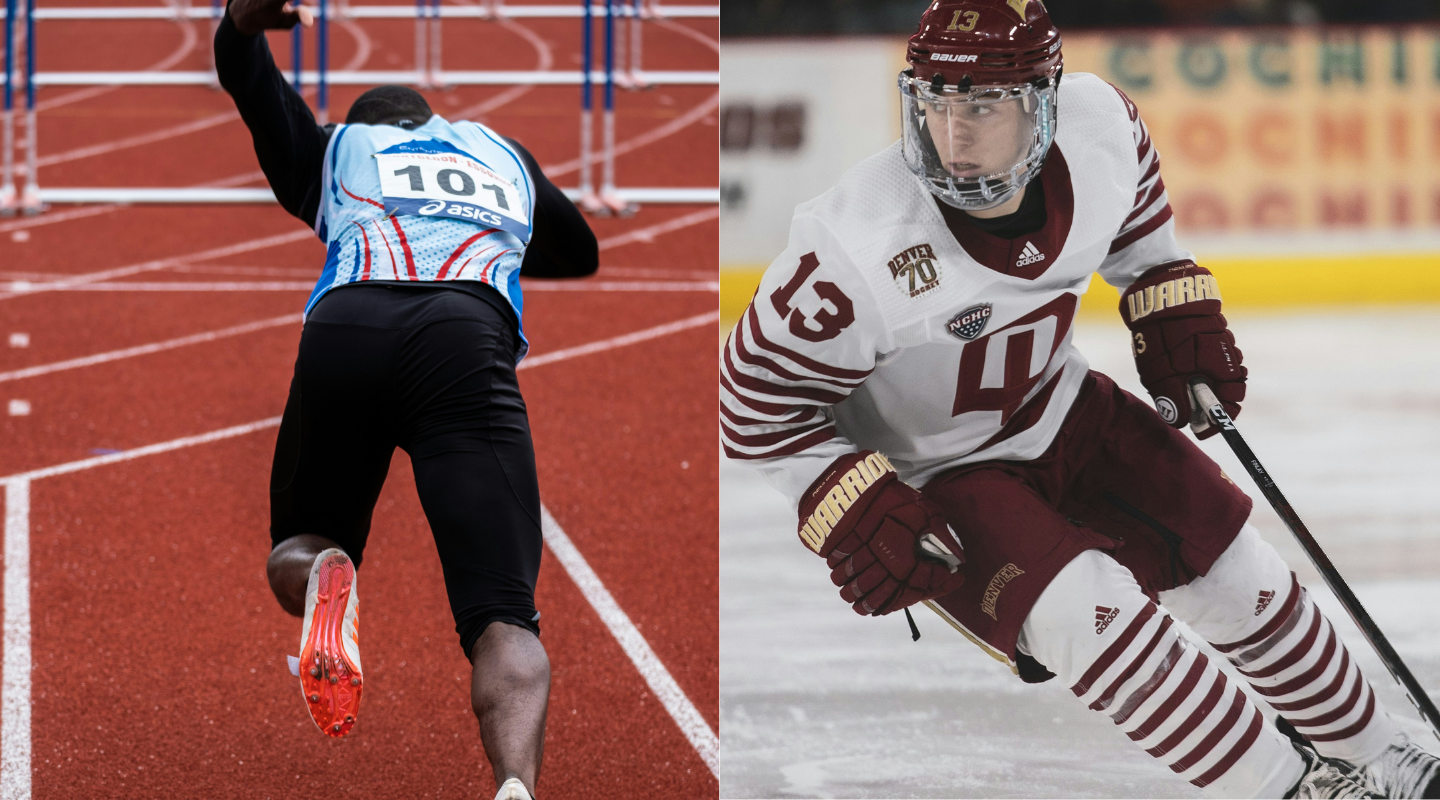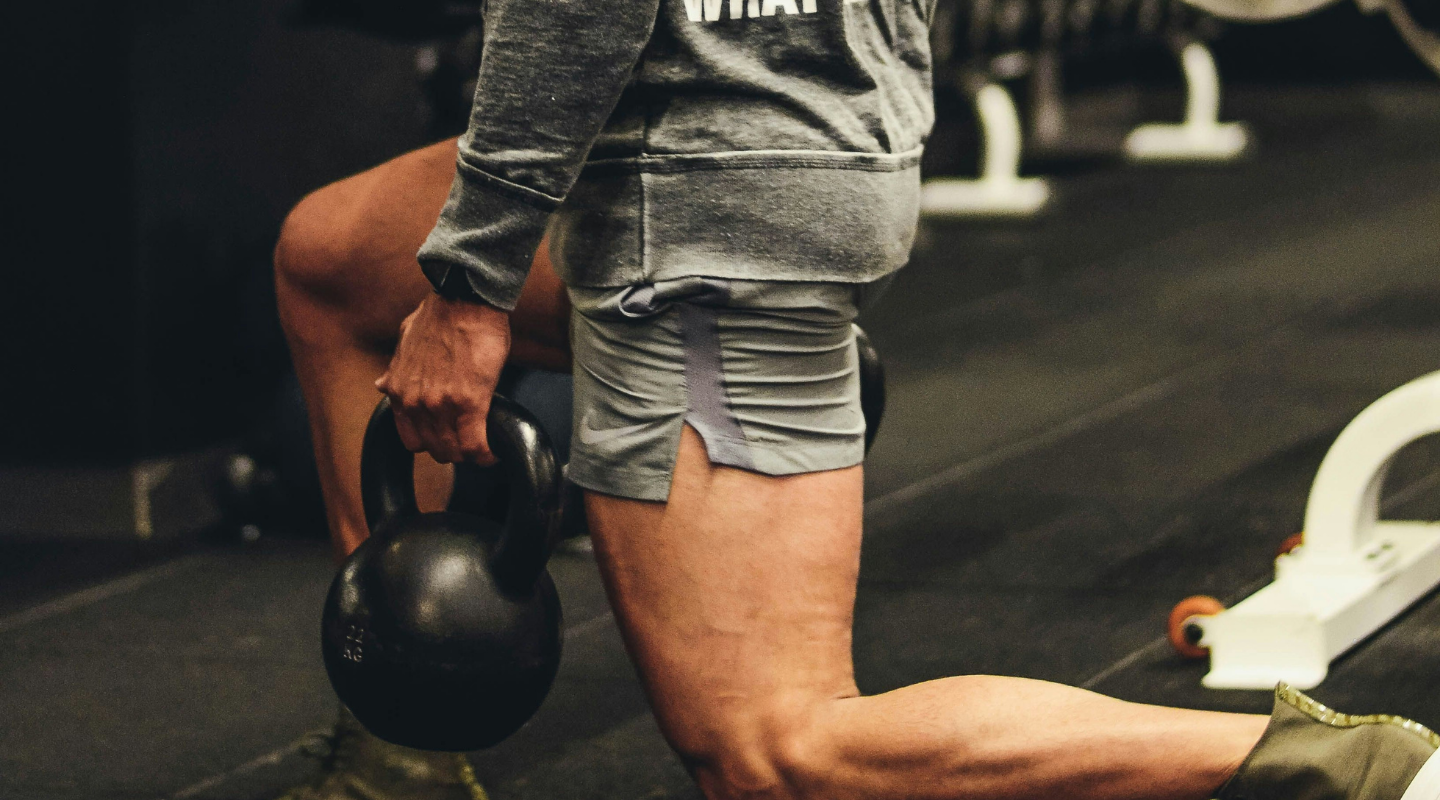
Managing Hip Pain in Hockey Players: Symptoms and Strategies
Hockey players, especially those in competitive and high-intensity settings, often face unique physical demands that can lead to overuse injuries. Among the most common complaints in hockey athletes is hip pain, which can hinder performance and, if left untreated, result in long-term damage. This blog outlines the key symptoms, potential causes, and evidence-based strategies to manage and prevent hip pain in hockey players.
Understanding Hip Pain in Hockey Players
The biomechanics of hockey, particularly the explosive skating stride and frequent changes in direction, place significant stress on the hip joint and surrounding structures. The hip joint is a ball-and-socket joint designed to allow a wide range of motion, but repetitive forces can cause irritation, inflammation, or structural damage over time.
Common Causes of Hip Pain in Hockey Players:
- Femoroacetabular Impingement (FAI): A condition where abnormal bone growth in the hip joint causes painful friction during movement.¹
- Labral Tears: Damage to the cartilage surrounding the hip socket, often caused by repetitive pivoting or extreme ranges of motion.²
- Hip Flexor Strain: Overuse or acute injury of the iliopsoas muscle, a critical muscle for skating mechanics.³
- Adductor Strain: Also known as a “groin pull,” this is common due to the high lateral demands of skating.⁴
- Osteitis Pubis: Inflammation of the pubic symphysis, often caused by repetitive stress from skating.⁵
Symptoms of Hip Pain in Hockey Players
Hockey players experiencing hip pain may report one or more of the following symptoms:
- Pain in the groin, front of the hip, or side of the hip.
- Stiffness or reduced range of motion in the hip joint, especially during skating or stretching.
- Catching or clicking sensations in the hip.
- Pain during or after hockey games or practice, particularly with movements like crossing over or pivoting.
- Difficulty with explosive movements, such as quick starts or stops.
These symptoms can range from mild and occasional to severe and chronic, depending on the underlying condition.
Strategies to Manage and Prevent Hip Pain
1. Early Diagnosis and Professional Assessment
Seeking professional evaluation at the onset of symptoms is critical. A physical therapist or sports medicine specialist can assess hip mobility, muscle imbalances, and joint integrity to diagnose the root cause of the pain.
2. Strengthening Key Muscles
Research shows that improving hip stability and strength can alleviate pain and reduce injury risk. Key focus areas include:
- Hip abductors (gluteus medius and minimus): Essential for lateral stability during skating.²
- Hip flexors and extensors (iliopsoas, glutes): Crucial for stride power and endurance.³
- Core muscles: A strong core supports proper skating mechanics and reduces stress on the hips.⁴
3. Improve Hip Mobility
Tightness in the hip joint or surrounding muscles can contribute to pain and dysfunction. Stretching and mobility exercises targeting the hip flexors, adductors, and hamstrings can help restore a full range of motion.
4. Optimize Skating Technique
Poor skating mechanics can increase stress on the hips. Working with a skilled coach or physical therapist can help players refine their stride technique, focusing on proper alignment and efficient energy transfer.
5. Use Active Recovery Techniques
Active recovery methods, such as foam rolling and stretching, can help reduce muscle tightness and improve blood flow to the hips.² Additionally, tools like Normatec boots and massage guns can accelerate recovery after games or intense training.
Why Physical Therapy Should Be Your First Step
Most hockey players only seek help when pain becomes unbearable or performance declines, but waiting until something goes wrong is risky. The truth is, physical therapy isn’t just for recovery—it’s a proactive tool to prevent injuries and optimize your game.
Here’s why seeing a physical therapist before pain starts can benefit you:
- Identify Hidden Risks: Physical therapists can assess your movement patterns, strength, and flexibility to uncover issues that may lead to injuries down the road.
- Prevent Overuse Injuries: With hockey’s repetitive motions, subtle imbalances in your hips or core can add up over time. A PT can help you address these before they sideline you.
- Enhance Longevity: Preventative care keeps you on the ice longer by reducing wear and tear on critical areas like your hips, groin, and lower back.
- Boost Performance: A physical therapist can refine your mobility, strength, and biomechanics to help you skate faster, hit harder, and recover quicker.
- Save Time and Stress: Addressing potential issues early can prevent lengthy rehab and time away from the game.
Even if you feel fine now, a preventative evaluation can uncover opportunities to improve your movement, reduce injury risk, and take your performance to the next level.
- Kemp JL, Schache AG, Makdissi M, Crossley KM. Hip groin pain in sports: What do we know and what can we do? Sports Med. 2016;46(1):79-92.
- Griffin DR, Dickenson EJ, Wall PDH, et al. The Warwick Agreement on femoroacetabular impingement syndrome (FAI): An international consensus statement. Br J Sports Med. 2016;50(19):1169-1176.
- Tak I, Glasgow P, Langhout R, et al. Hip range of motion is lower in professional soccer players with hip and groin symptoms or previous injuries, independent of cam deformities. Am J Sports Med. 2017;45(13):3110-3116.
- Serner A, van Eijck CH, Beumer BR, et al. Study on groin injury in athletes: Descriptive clinical findings and prevalence. Br J Sports Med. 2015;49(12):803-809.
- Nepple JJ, Vigdorchik JM, Clohisy JC. Implications of hip pathology in athletic populations: Hip joint and labral mechanics in sports. J Bone Joint Surg Am. 2018;100(2):113-123,
.png)




